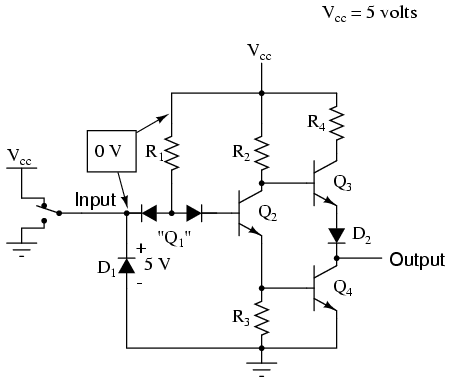LvW
Advanced Member level 6

- Joined
- May 7, 2008
- Messages
- 5,921
- Helped
- 1,754
- Reputation
- 3,514
- Reaction score
- 1,367
- Trophy points
- 1,393
- Location
- Germany
- Activity points
- 40,608
I must confess that I am able to observe a phase difference between a sinusoidal input voltage at the base and the amplified signal at the collector terminal of a common emitter configuration.







